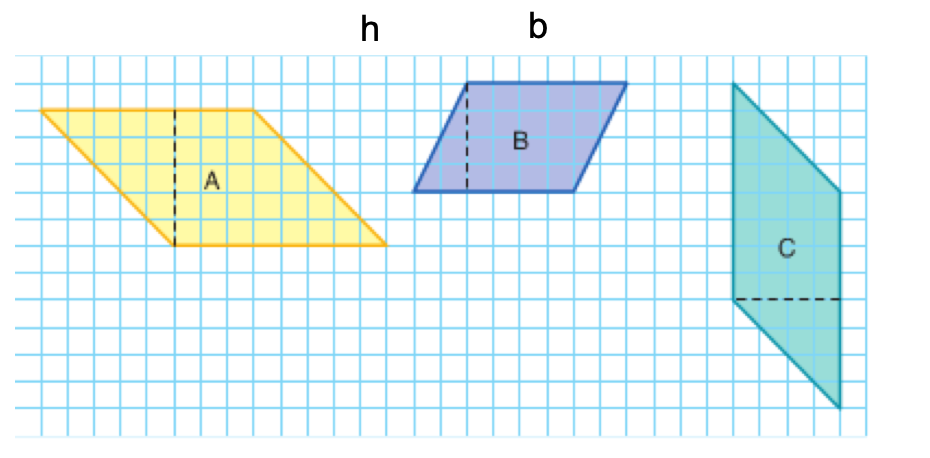If you are interested in using AI to enhance your lessons, practice and assessment. Check out this podcast - it has some amazing ideas. Dr. Nicki Newton is the guest on the Making Math Moments podcast.
Here is the episode description:
Here’s what you’ll walk away with:
- A ready-to-use AI prompt structure that enhances math lesson plans, questioning, and scaffolding—especially for multilingual and neurodiverse learners.
- Ways to use AI for deeper math assessment analysis, moving beyond surface-level data to guide instructional next steps.
- Real examples of AI transforming dull topics into engaging math mysteries, routines, and riddles that excite students and inspire teachers.






